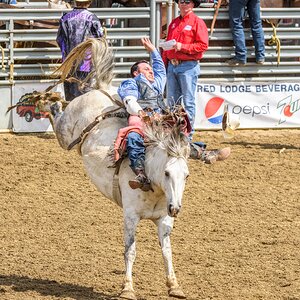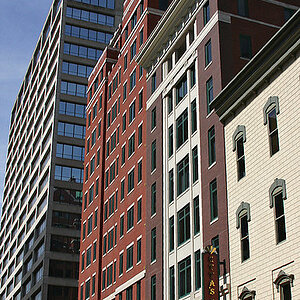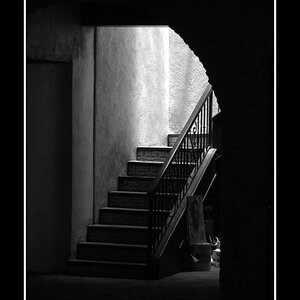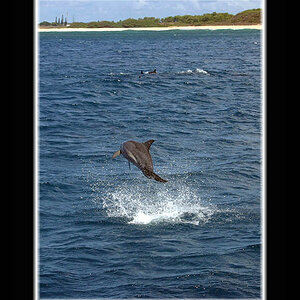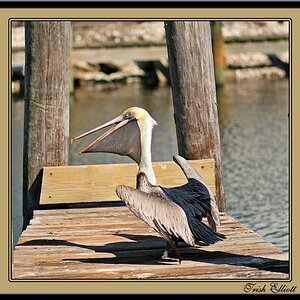theregoesjb
TPF Noob!
- Joined
- Nov 4, 2011
- Messages
- 158
- Reaction score
- 5
- Location
- boston
- Can others edit my Photos
- Photos OK to edit
I have a point and shoot, canon SX 130 is. Its pretty good with manual options and i am running the CHDK firmware which gives a little more control.
I see the term 'metering' a lot with explainations of image sensors (i have been trying to learn about exposure compensation), what I am wondering is if there are any atributes in metering that cannot be manually controlled?
For example, say I am taking a picture of something outdoors, at early evening such as my dog, and there is an interesting sky. If i just take the picture of my dog then the sky will usually wash out. OR- I can half-press the shutter button while pointing it at the sky and then point it at the dog and fully press it to take the picture and get the sky looking good and with the dog looking like its in more dim light.
By 'metering' on the sky and then pointing it at the dog, has the image sensor done anything that I would not have been able to manually do with aperture, shutter speed, ISO ?
hope this makes sense
I see the term 'metering' a lot with explainations of image sensors (i have been trying to learn about exposure compensation), what I am wondering is if there are any atributes in metering that cannot be manually controlled?
For example, say I am taking a picture of something outdoors, at early evening such as my dog, and there is an interesting sky. If i just take the picture of my dog then the sky will usually wash out. OR- I can half-press the shutter button while pointing it at the sky and then point it at the dog and fully press it to take the picture and get the sky looking good and with the dog looking like its in more dim light.
By 'metering' on the sky and then pointing it at the dog, has the image sensor done anything that I would not have been able to manually do with aperture, shutter speed, ISO ?
hope this makes sense



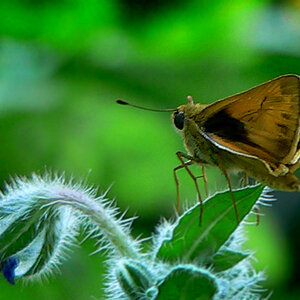

![[No title]](/data/xfmg/thumbnail/42/42462-2adb6efc01a19638fca25cd3000f5575.jpg?1619740192)
